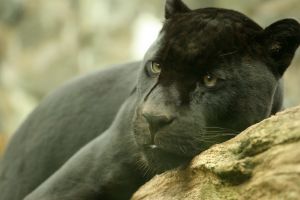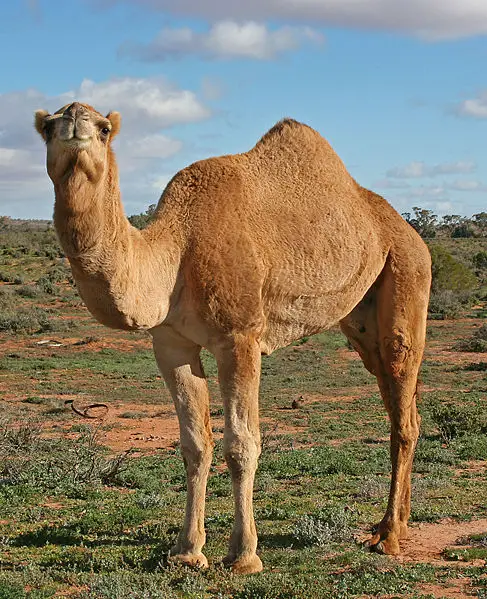Jaguar
The jaguar is the 3rd largest feline in the world, after the tiger and the lion. It is also the largest and most powerful feline found in the Western Hemisphere as it is found only in the Americas. Its name is derived from the Tupian word, yaguara, which means ‘beast’ or ‘dog’, but is used basically for any kind of carnivorous mammal.
Jaguars vary in size and weight. It usually weighs about 56 to 96 kg, however larger males have ben recorded to be 160 kg and low weight include 36 kg. Females are usually 10 – 20% smaller than males. This giant cat is about 1.62 to 1.83 metres long from head to body, while its tail may be about 75 cm long. Height-wise, is is about 67 – 76 cm tall at the shoulders. However, there are variations in size and colour depending on the region and habitat it lives in.
It has a short and stocky body which makes the jaguar excellent at swimming, climbing, and crawling. Its head is robust, and its jaw is very powerful. In fact, it has the strongest bite of all felines and is cable of biting down with 2000 pounds of force twice the strength of the lion. It is the second strongest after the spotted hyena, and this strength has allowed jaguars to pierce even armoured reptiles like turtle shells. An individual jaguar can actually drag bull weighing 360 kg 8 metres just by its jaws.
The jaguars coat is usually a tawny yellow, but it can be reddish-brown to black. It has spots, but the shape of the spots vary. These creatures are carnivores and are opportunistic hunters. Its diet consists of 87 animal species, such as caiman, capybara, deer, tapier, dogs, peccaries, foxes, and anacondas. They will also eat other species like monkeys, mice, frogs, birds, fish, sloths, turtles, pacas, armadillos, horses, and cattle.
Sadly, the jaguar is a near threatened species and its number continues to decline. Threats to its life include habitat loss and fragmentation. International trade of jaguars and its parts are actually prohibited, but the cat is still kills by humans, especially ranchers and farmers in South America.





Beautiful photographs.
excellent information. good site for writing papers ;P